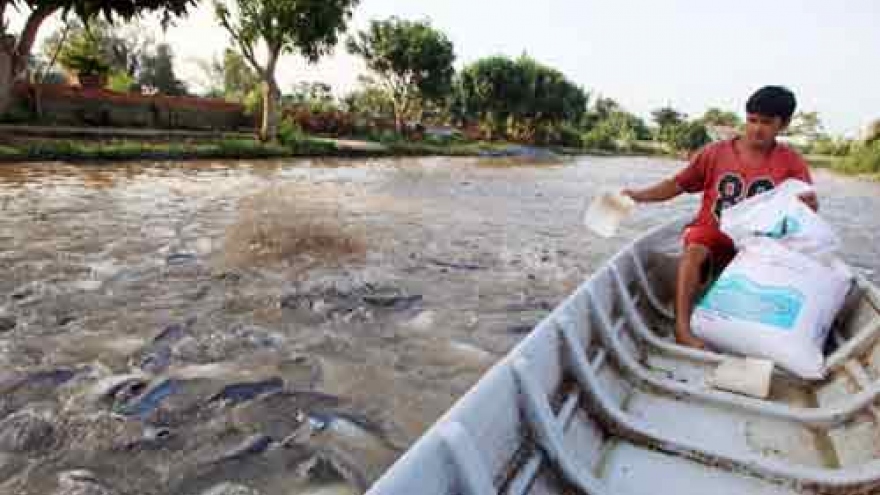Global cold chain to grow 7% annually through 2020
VOV.VN - The global cold chain market is projected to grow at a combined annual growth rate of 7% from 2016, to reach a value of US$234.49 billion by 2020, according to a report from Research and Markets.
 |
It said the primary factors that have and continue to drive growth and success of the global cold chain are factors such as an increased demand for chilled and frozen food and beverages due to changing consumer preferences.
Furthermore, the report concluded that factors such as increasing disposable incomes and rapid urbanization in emerging markets such as Vietnam have also heightened the demand for frozen food and hence for cold chain services.
Based on application, the report classified the cold chain market into five segments – fruit and vegetables; bakery and confectionery; dairy and frozen desserts; meat, fish and seafood; and others.
The cold chain market was further segmented into chilled and frozen.
With the increasing international trade of perishable food products, particularly from Southeast Asia, the report noted, the demand for cold chain is expected to continue to experience enhanced market growth.
Cold chain, said the report, plays a singularly key role in storage and transport of meat, fish and seafood products as they require refrigeration right after slaughter, during processing, and during packaging.
Vietnam: The future of the cold chain industry
Citing a recent report from the Directorate of Fisheries, Mr Brun said the average rate of loss for farm produce in Vietnam has averaged 25%-30% of total value over recent years, even as high as 45% for some fruit and vegetables and 35% for many seafood products.
Mr Brun pointed out that over the past decade, the scale of the frozen food supply chain in Vietnam has increased 4-fold, which has barely scraped the surface of this lucrative market. The increase, he said, has primarily been concentrated in the southern region in support of aquaculture.
The expansion of the cold supply chain for frozen food in the local retail marketplaces throughout the remainder of the country such as for transporting products to restaurants and supermarkets has been severely restricted.
The solution to the problem, he said, is to let competition, the profit incentive and other open market forces come into play.
The cold chain market in Vietnam has been and is expected to continue to attract increasing expansions and acquisitions by key global players such as Americold Logistics, LLC (US), Preferred Freezer Services (US), and Nichirei Logistics Group Inc. (Japan).
The cheap and low quality supply chain logistics of using motorbikes lacking cold storage technology to transport products nationwide that have little regard for food safety will soon be a relic of the past as Vietnam moves on to a whole new modernized world.
It’s important for small business owners throughout Vietnam during this transition, said Mr Brun, to realize that they much too often opt for what they perceive to be the lowest cost alternative— only to find out that because of the lack of quality control and food safety, it leads to higher losses.
The losses caused by shortened product life and the lack of a cold supply chain is a factor that small businesses across the Southeast Asian nation must consider and open their eyes to the realization that it is more profitable for them to opt for cold storage transport only.


